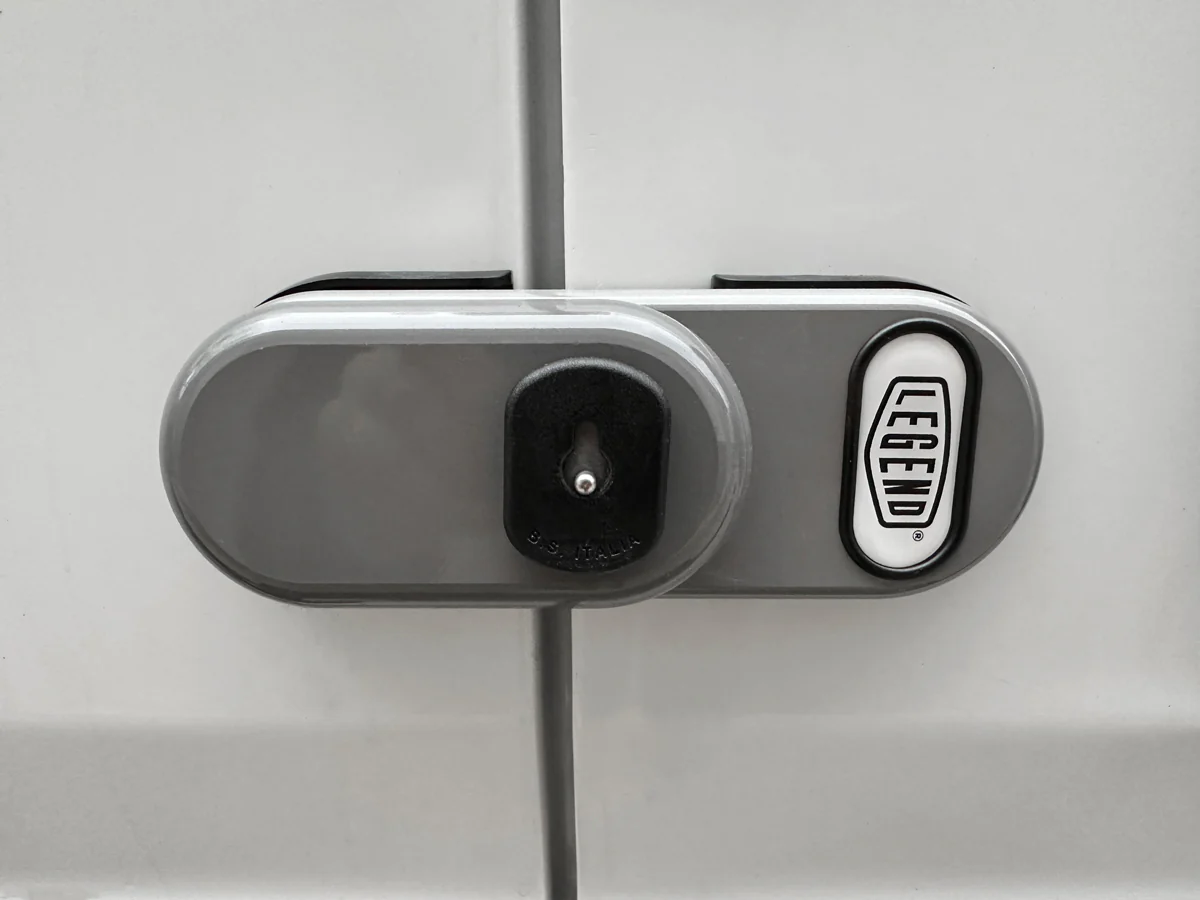Understanding Telehandler Financing Options
For businesses in the construction, agriculture, and industrial sectors, telehandlers—versatile lifting machines—play a crucial role in enhancing productivity and efficiency. However, the initial cost of purchasing a telehandler can be substantial, often leading companies to explore financing options. Understanding telehandler financing can safeguard your finances while allowing you to keep your operations running smoothly.
The Benefits of Telehandler Financing
Financing a telehandler offers numerous benefits, which can significantly impact your business. Here are some key advantages:
- Reduced Upfront Costs: Financing options allow businesses to acquire essential machinery without an immediate full investment. This approach ensures that your cash flow remains intact.
- Flexible Payment Plans: Many financing options provide customizable payment plans tailored to fit your revenue cycles. This flexibility can ensure that payments are manageable.
- Access to Latest Technology: Financing enables businesses to upgrade their equipment to the latest models, ensuring they benefit from technological advancements and improved efficiency.
- Tax Benefits: In some cases, financing can offer tax advantages through deductions on interest paid or through depreciation. It’s advisable to consult with a tax professional for specifics.
- Improved Asset Management: By financing, you may not need to allocate a significant portion of your capital to a single asset, allowing for re-investment in other critical areas of your business.
Types of Telehandler Financing Available
Understanding the various types of telehandler financing is essential for making an informed decision. Below are the most common options available:
- Loans: Traditional equipment loans allow businesses to finance the cost of a telehandler. Payments are made monthly, and once the loan is paid off, the company owns the machine outright.
- Leases: Equipment leasing involves renting the telehandler for a specific term without the intention of ownership. Leasing can be advantageous for businesses that need a machine temporarily.
- Operating Leases: These are similar to standard leases, but they’re designed to keep equipment off your balance sheet, which can improve financial ratios.
- Finance Leases: This option is a longer-term commitment where payments contribute towards ownership of the telehandler at the end of the lease period.
- Cash Purchase with Financing Rebate: Some manufacturers offer financial incentives such as cash rebates if you can pay upfront, while still enabling you to finance the amount to ease upfront strain.
Common Financing Terms and Conditions
When entering into a financing agreement, it is crucial to be aware of the common terms and conditions that may apply:
- Interest Rates: The annual percentage rate (APR) can vary based on the lender, credit score, and type of financing chosen. Rates typically fall between 4% to 9% for equipment financing.
- Down Payment: Many loans or leases require a down payment ranging from 10% to 30% of the total cost. This amount may be negotiable depending on the relationship with the lender.
- Loan or Lease Duration: This can vary widely, with terms ranging from 24 to 60 months. Consider both your financial capacity and the expected life span of the equipment.
- Fees and Charges: Be mindful of additional fees such as origination fees, processing fees, or prepayment penalties that can increase the total cost of financing.
- Credit Requirements: Most lenders require a minimum credit score (usually around 640) for consideration. Factors such as revenue, years in business, and collateral may also influence approval.
Assessing Your Telehandler Financing Needs
Before seeking telehandler financing, it’s essential to assess your needs thoroughly. Here’s how you can evaluate your financing requirements effectively:
Evaluating Your Budget for Financing
Begin by defining your budget before entering into any financing agreement. Assess your current financial situation, including cash reserves, expected revenue, and indispensable expenses. By offering an insightful analysis of your finances, you can establish what you can afford in terms of monthly payments and down payment.
Calculating the Total Cost of Ownership
When financing a telehandler, consider not just the purchase price but also the total cost of ownership. This includes:
- Initial purchase price or financing cost
- Interest paid over the financing period
- Insurance costs
- Maintenance and repair costs
- Operating costs (fuel, labor, etc.)
- Depreciation rates and residual value at the end of the financing term
Understanding these factors will help you weigh the long-term value of the telehandler against its purchase price.
Choosing Between Leasing and Buying
Deciding whether to buy or lease a telehandler is a pivotal choice. Here’s a breakdown of the key factors to consider:
Buying Advantages:
- Ownership of the asset and control over its use
- No restrictions on usage hours or conditions
- Possible tax deductions on depreciation
Leasing Advantages:
- Lower monthly payments compared to buying
- Flexibility to upgrade to newer models more easily
- No worries about resale value or depreciation
Evaluate your operational needs, frequency of use, and financial position when making this decision. It could also help to consult with financial experts to clarify your budget and constraints.
Getting Started with Telehandler Financing
Once you have assessed your needs, it’s time to proceed with obtaining financing for your telehandler. This section outlines the steps to start the process effectively.
Documents Required for Financing Application
When applying for financing, you’ll need to prepare a variety of documents to facilitate the approval process:
- Business Financial Statements: Including income statements and cash flow statements.
- Tax Returns: For at least two years to demonstrate profitability.
- Personal Financial Statements: Especially if you are a small business owner seeking a loan.
- Proposed Budget: For how you will use the telehandler to correspond with requested financing.
- Credit History: Lenders will review your credit score and report to assess risk.
Finding Reliable Telehandler Financing Institutions
Not all financing institutions provide the same terms, interest rates, and services. Conduct thorough research to find reputable lenders, which can include banks, financial institutions, and specialized equipment financing companies. Consider their:
- Reputation in the market
- Customer reviews and testimonials
- Flexibility in negotiating terms
- Range of financing products available
- Post-sale support and customer service quality
Comparing Financing Offers and Rates
After narrowing down potential lenders, compare financing offers meticulously. Consider the following when reviewing offers:
- Overall cost, including interest and fees
- Monthly payment amounts and their feasibility
- Loan terms, such as length and payment structures
- Incentives such as cash back or rebates
Use a financing calculator to help visualize how different terms can affect your budget and operational cash flow.
Maximizing Your Investment with Telehandler Financing
Securing financing is just the first step; how you manage and utilize your telehandler post-financing is critical to maximizing your investment. Here are several strategies:
Using Your Telehandler Efficiently
To get the most out of your telehandler, efficient operation is key. This involves:
- Training operators on best practices for safety and efficiency
- Regular navigation and load management to minimize damage
- Scheduling usage based on peak operational needs to maximize productivity
Efficiency can lead to reductions in operating costs and extended equipment life.
Understanding Maintenance Costs and Financing
Maintenance is a fundamental aspect of owning a telehandler. Allocate a portion of your financing budget to cover:
- Routine checks and inspections
- Necessary replacement parts and labor costs
- Unexpected repairs that may arise from wear and tear
Proactively maintaining your equipment can lead to lower long-term costs and reduced downtime.
What to Do if You Encounter Financing Issues
Unexpected issues may arise during your financing period. Strategies to address financing challenges include:
- Communicate with your lender about any difficulties early on.
- Explore options for re-negotiating terms or refinancing.
- Regularly assess your financial position and adjust budget allocations to ensure continued payments are feasible.
By remaining proactive and transparent with your lender, you can often find solutions to unforeseen challenges.
Telehandler Financing Trends and Insights
The financing landscape continues to evolve. Staying informed about market trends is essential for making strategic decisions regarding telehandler financing.
Current Market Trends in Equipment Financing
As of 2024, several trends are emerging in the telehandler financing market:
- Increased Competition: More lenders are entering the market, which can lead to more favorable terms and competitive interest rates for borrowers.
- Digital Financing Solutions: The adoption of online platforms for acquiring loans is on the rise, streamlining the application and approval processes.
- Flexible Financing Products: Lenders are offering more diverse financing structures, including pay-per-use and subscription models that cater to varying business needs.
Future Insights into Telehandler Financing Options
As business needs evolve, so too does financing. Anticipated shifts may include:
- Adoption of green financing options that incentivize the purchase of eco-friendly equipment.
- Function-based pricing models that allow for better cash flow management based on actual equipment usage.
- Heightened emphasis on credit scoring methodologies that consider non-traditional credit scores.
Expert Tips for Securing Best Financing Deals
Here are crucial tips for businesses looking to secure the best telehandler financing deals:
- Maintain a strong credit score to improve your negotiating power.
- Build a solid relationship with lenders by maintaining good communication.
- Gather multiple quotes to have leverage during negotiations.
- Be transparent about your business operations and financial needs.
- Use professional advisors to structure your application for better chances of approval.














Leave a Reply